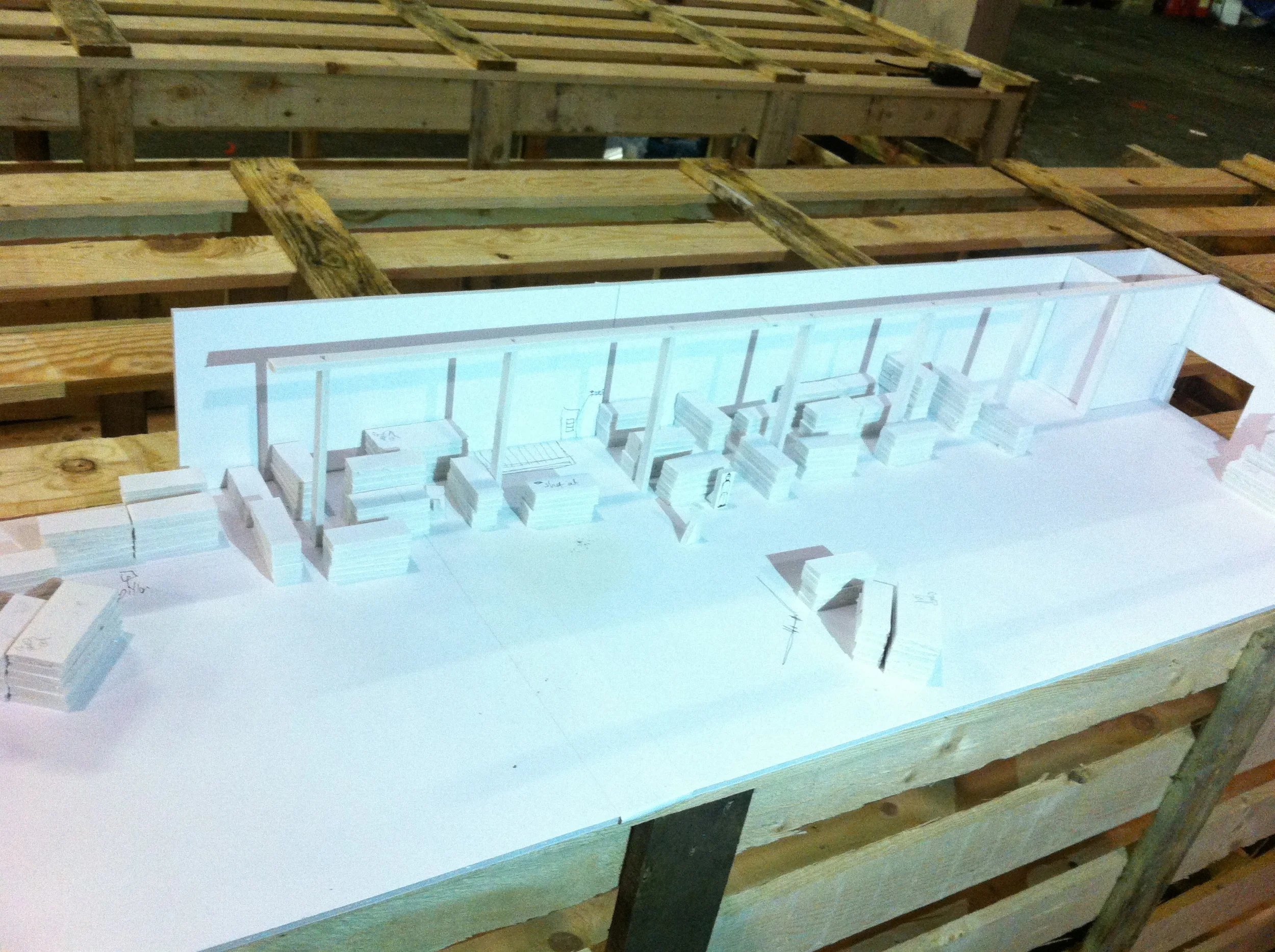Out on Hulu (or Disney plus internationally) from 14th November 2024.
Designing Say Nothing, based on Patrick Radden Keefe’s award-winning book, was a profound responsibility. The Troubles in Northern Ireland, one of the most photographed and documented conflicts in modern history, carry immense emotional weight. From iconic images of British soldiers in Belfast to mothers shielding their children amid rubble-strewn streets, these visuals are deeply etched into public memory. Capturing this period authentically while honoring the people and stories it represents was both a challenge and a privilege.
Our design approach began with extensive research into the era, not only in Belfast but across Northern Ireland, London, and Ireland. We aimed to create a world that was immersive, relatable, and emotionally resonant. It was vital that our sets transported the cast and audience into a living, breathing version of the past, not a monochrome reconstruction. We wanted the cast to feel as if they were stepping into the very spaces their characters inhabited—spaces shaped by resilience, loss, and an often-contradictory vibrancy of life.
One of the central design challenges was recreating the Divis Flats, a key architectural and narrative landmark in Belfast. The Flats were a hub of the Troubles and home to Jean McConville, the story’s moral epicenter. Abducted by the IRA, her absence left a devastating legacy for her ten children. The original Divis Flats were demolished in the 1980s, leaving only the Divis Tower, so we reconstructed this vital location by combining a Sheffield location with a backlot, stage builds, partial exteriors, and extensive VFX set extensions. Every detail, from window frames to building textures, was painstakingly recreated to ensure accuracy while seamlessly integrating the multiple elements into a cohesive, believable world.
The backlot itself was designed with versatility and dynamism in mind. Streets, alleyways, shop interiors, and house interiors were interconnected, allowing for continuous camera movement during chase sequences or intimate character moments. This flexibility enabled the actors to move fluidly through the set, creating an immersive experience that heightened their performances. It also allowed us to redress and transform areas to depict different parts of Belfast, maximizing the set’s functionality and storytelling potential.
A crucial aspect of our design was capturing the era’s surprising vibrancy. While the Troubles are often remembered in stark, grayscale images, our research revealed rich colors in the homes and streets of post-war Britain and Ireland. Advances in technology made bold wallpapers, vivid paints, and layered interiors more accessible. Even in hardship, people invested in their homes, filling them with a sense of pride and care. By incorporating these elements, we brought warmth and life to the characters’ environments, contrasting the tension outside their doors.
Ultimately, the design of Say Nothing was about balancing historical accuracy with emotional depth. Every detail—from the texture of rubble-filled streets to the vibrant interiors—was crafted to honor the stories of those who lived through this era. It was an opportunity to tell a story of conflict, resilience, and humanity with authenticity and care, ensuring that both the visual and emotional landscapes felt true to this pivotal moment in history.

























































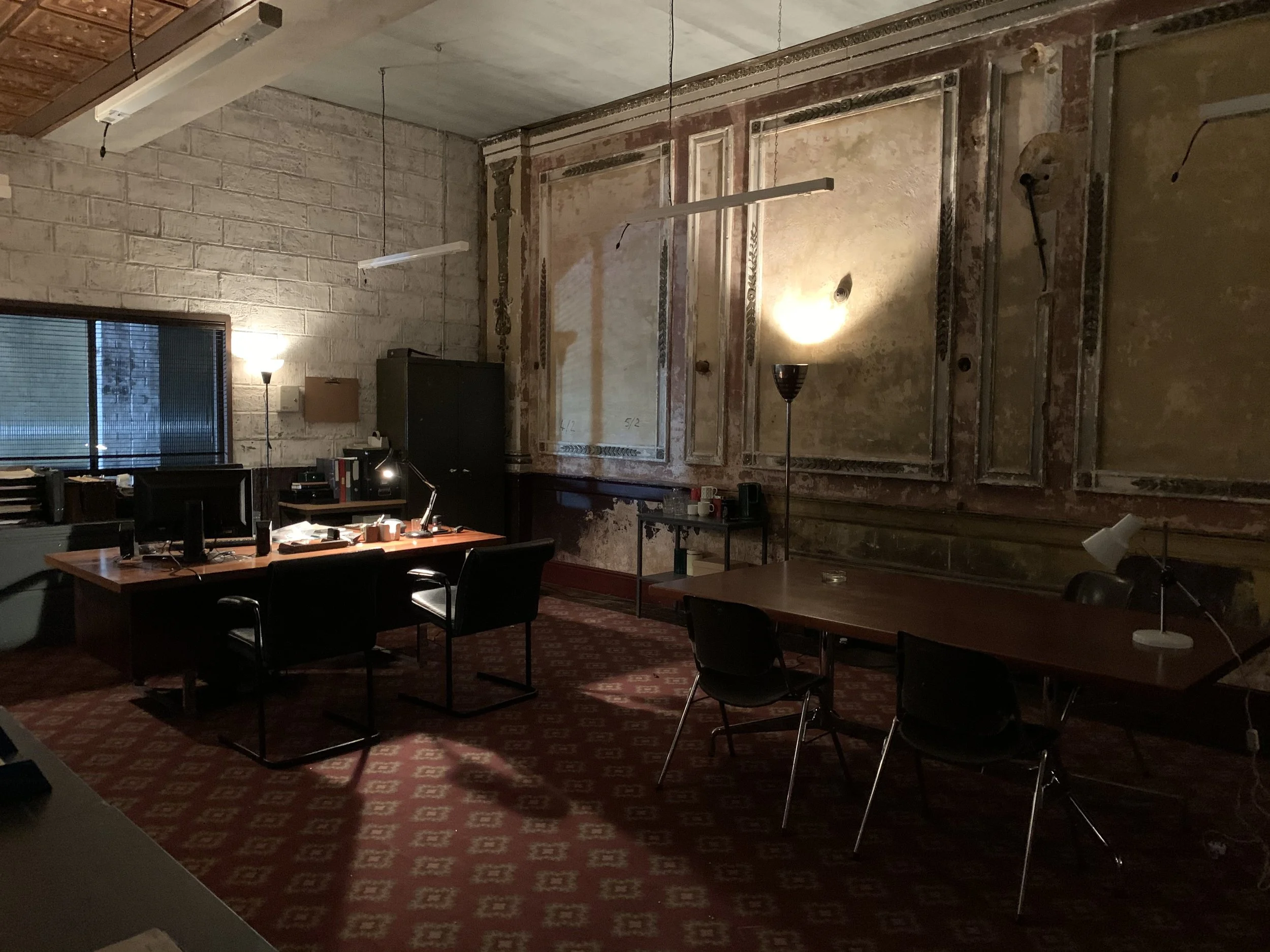

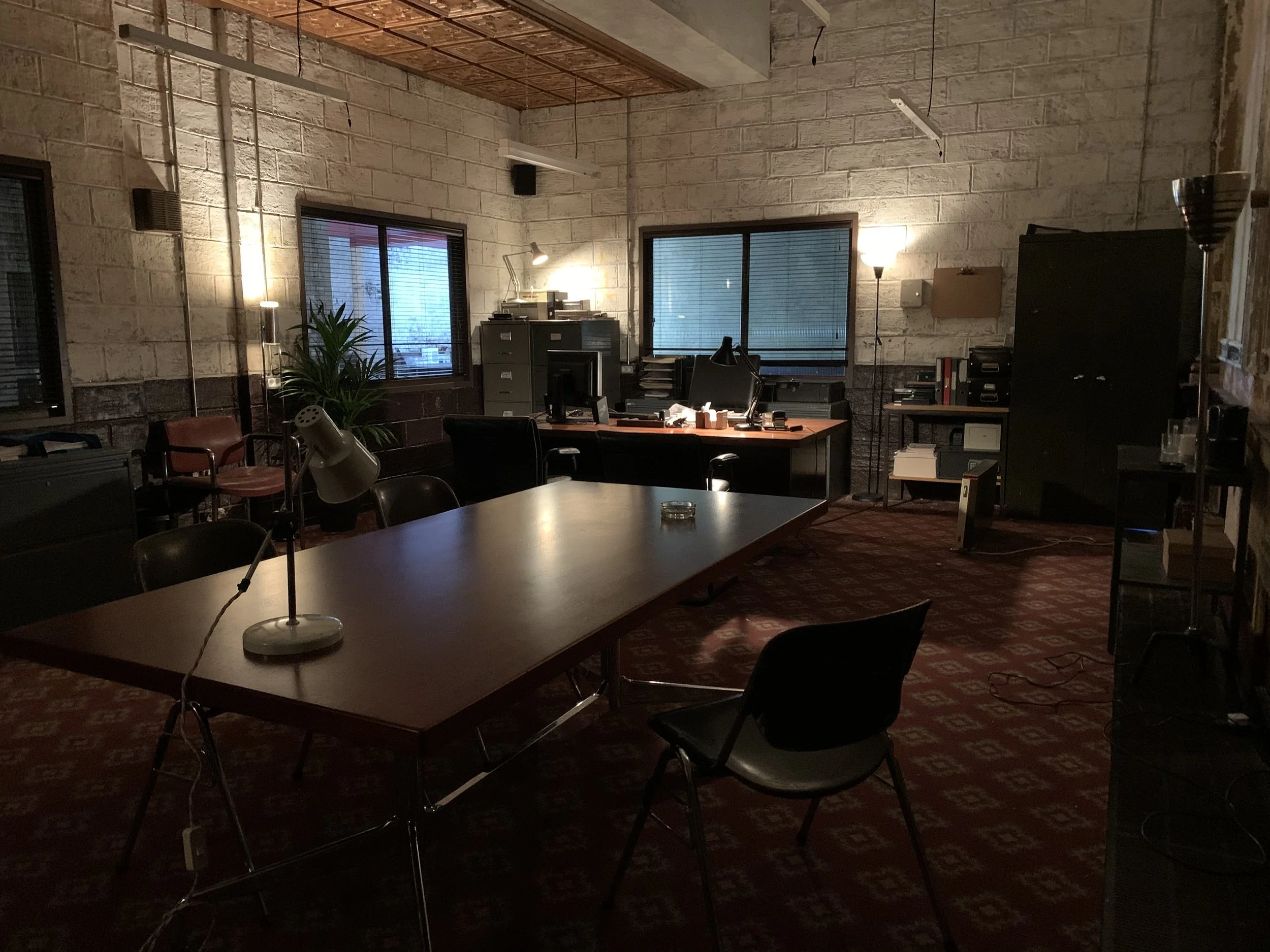
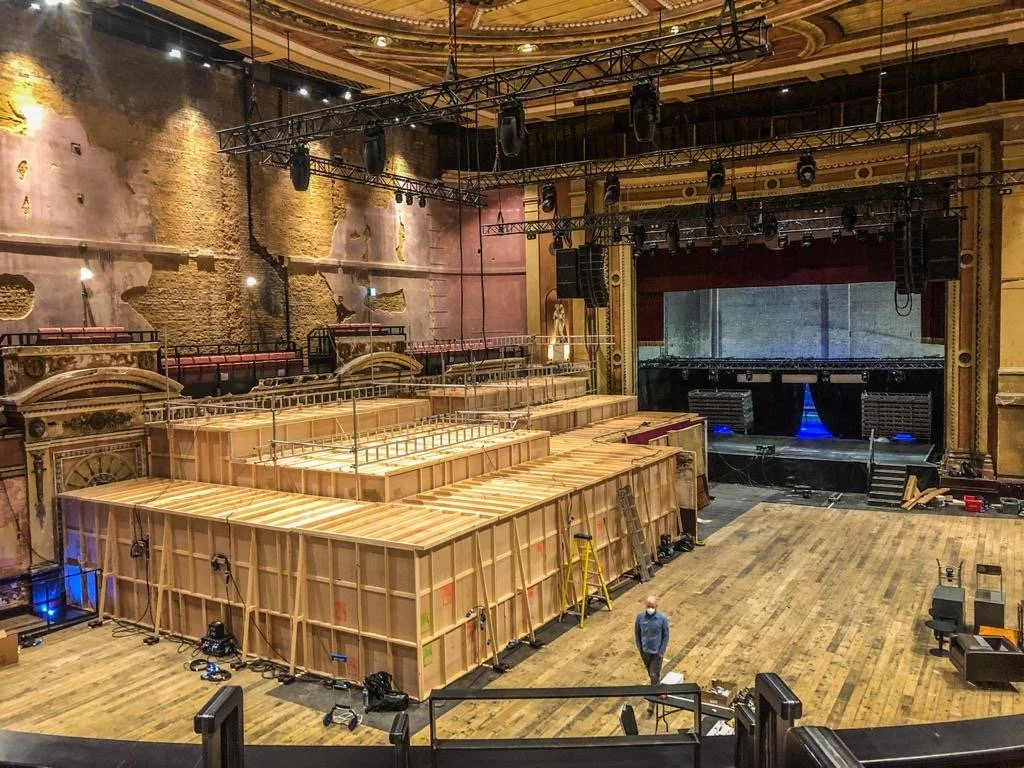
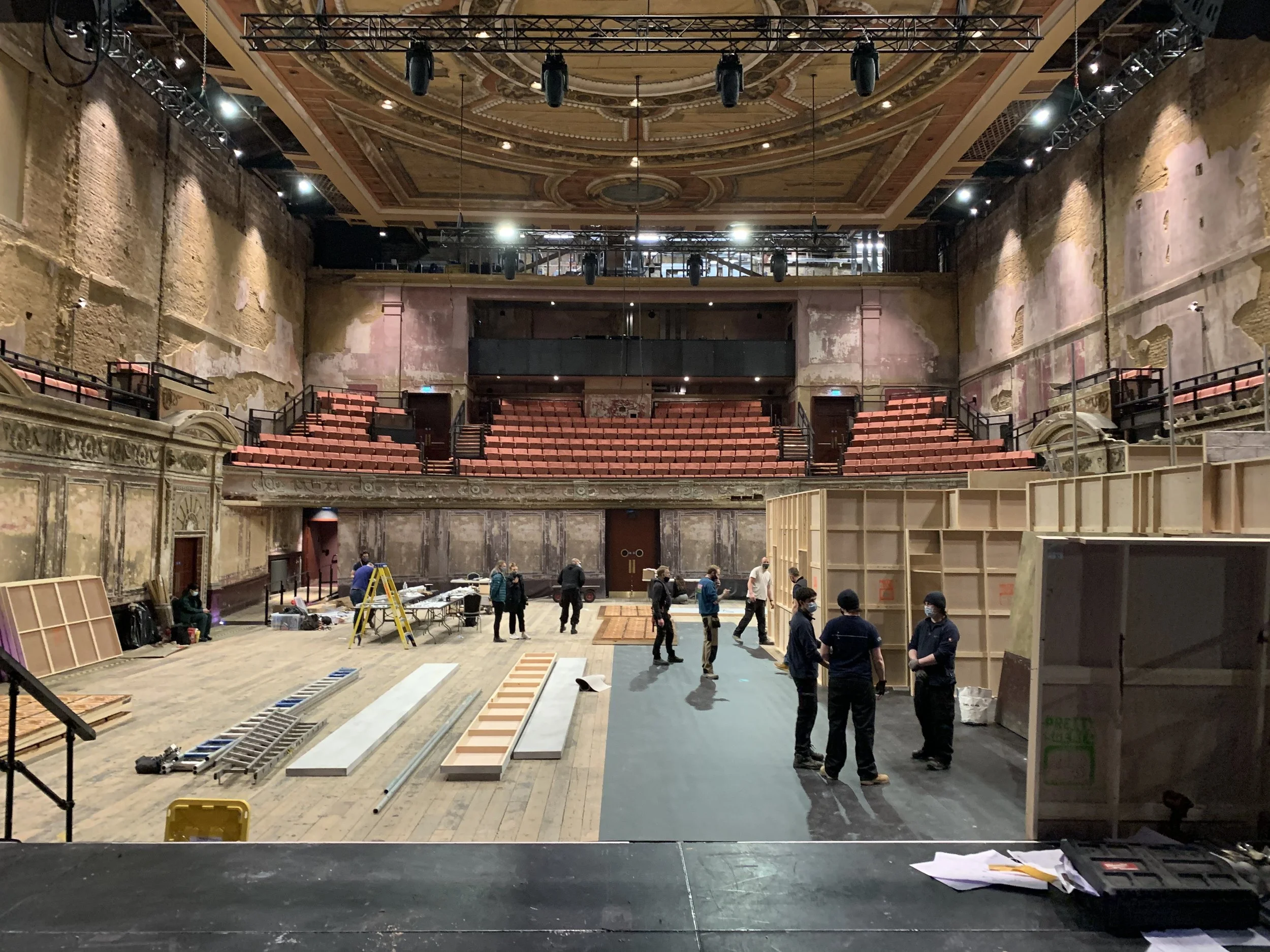
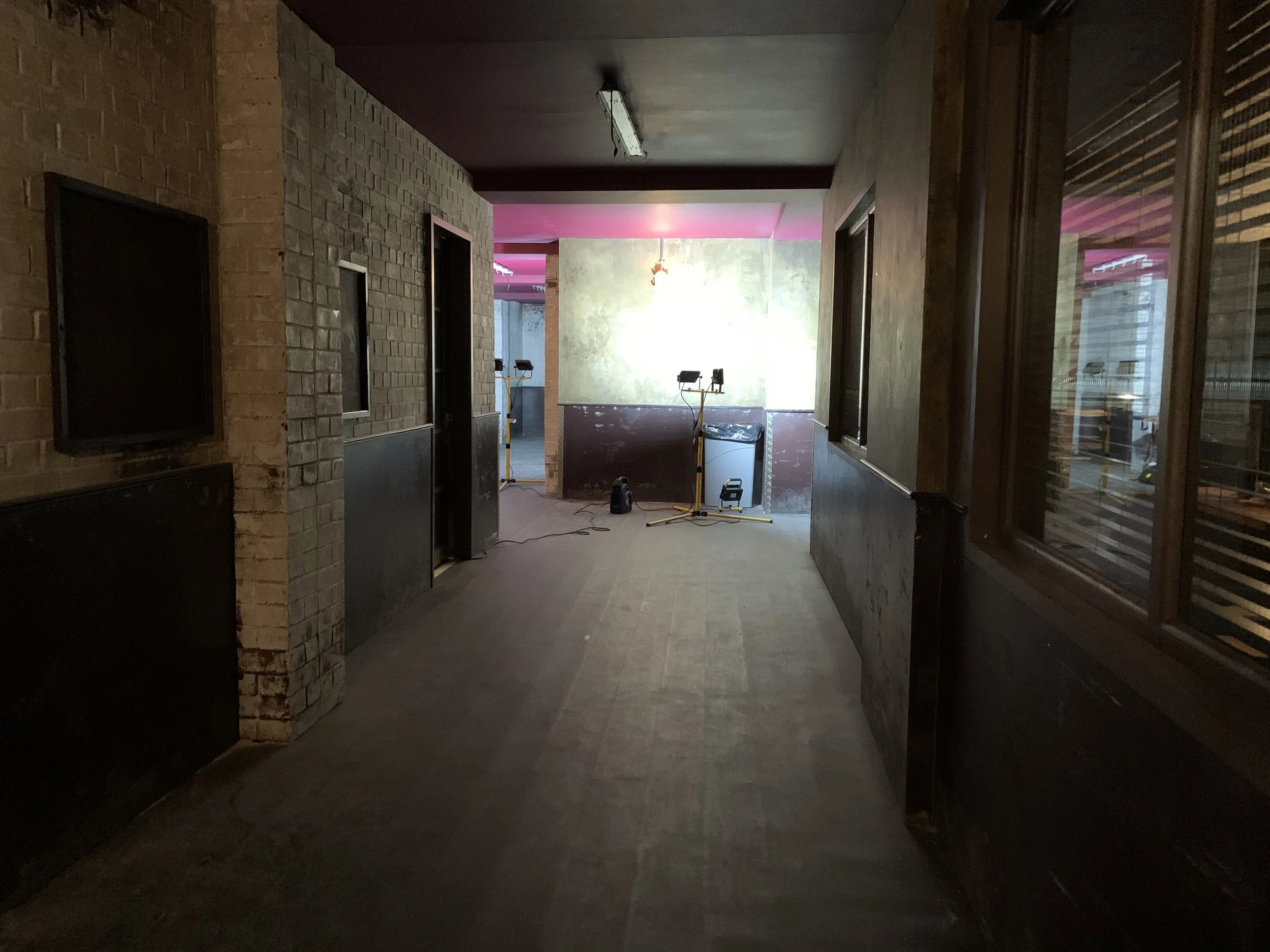
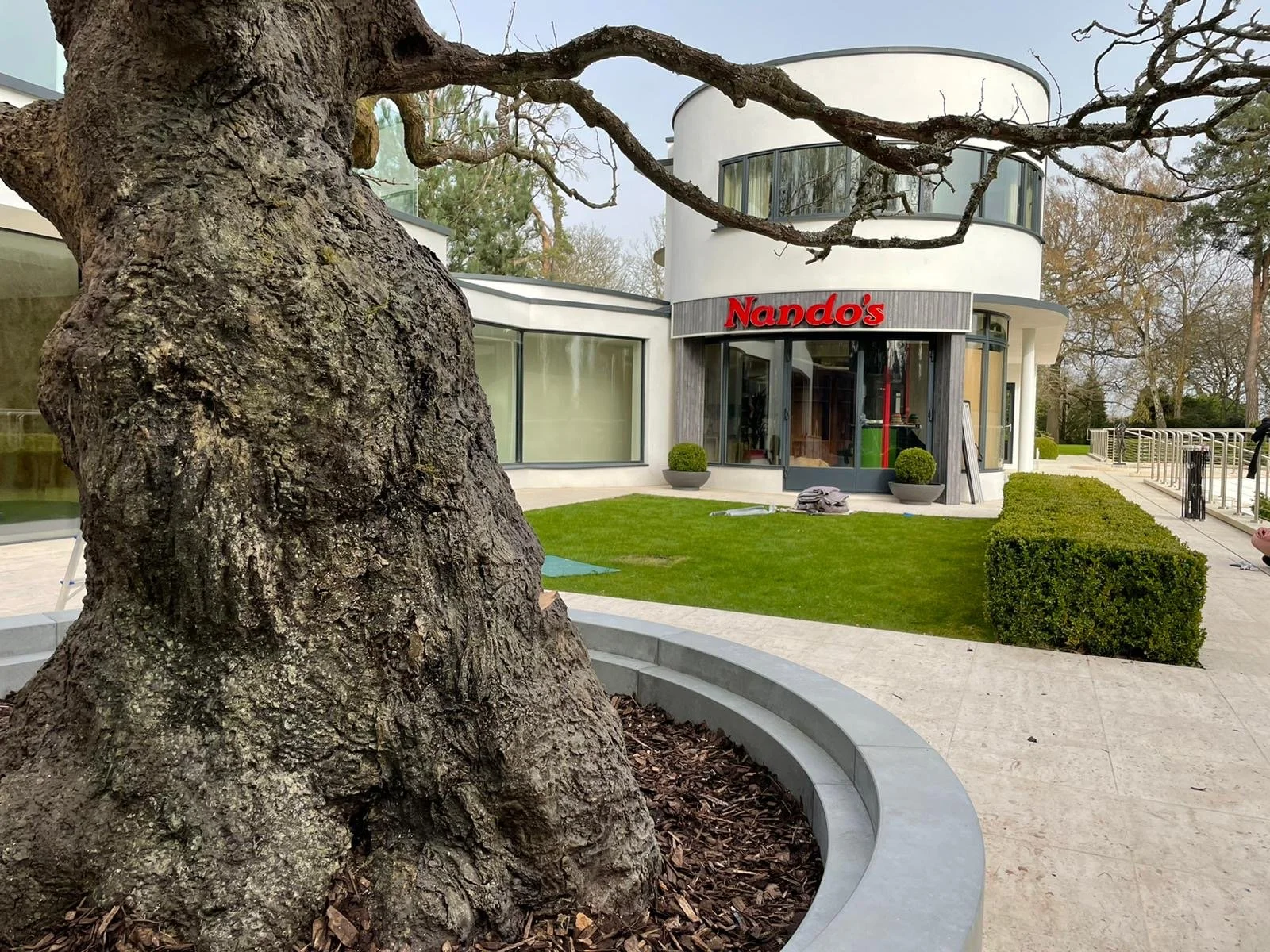
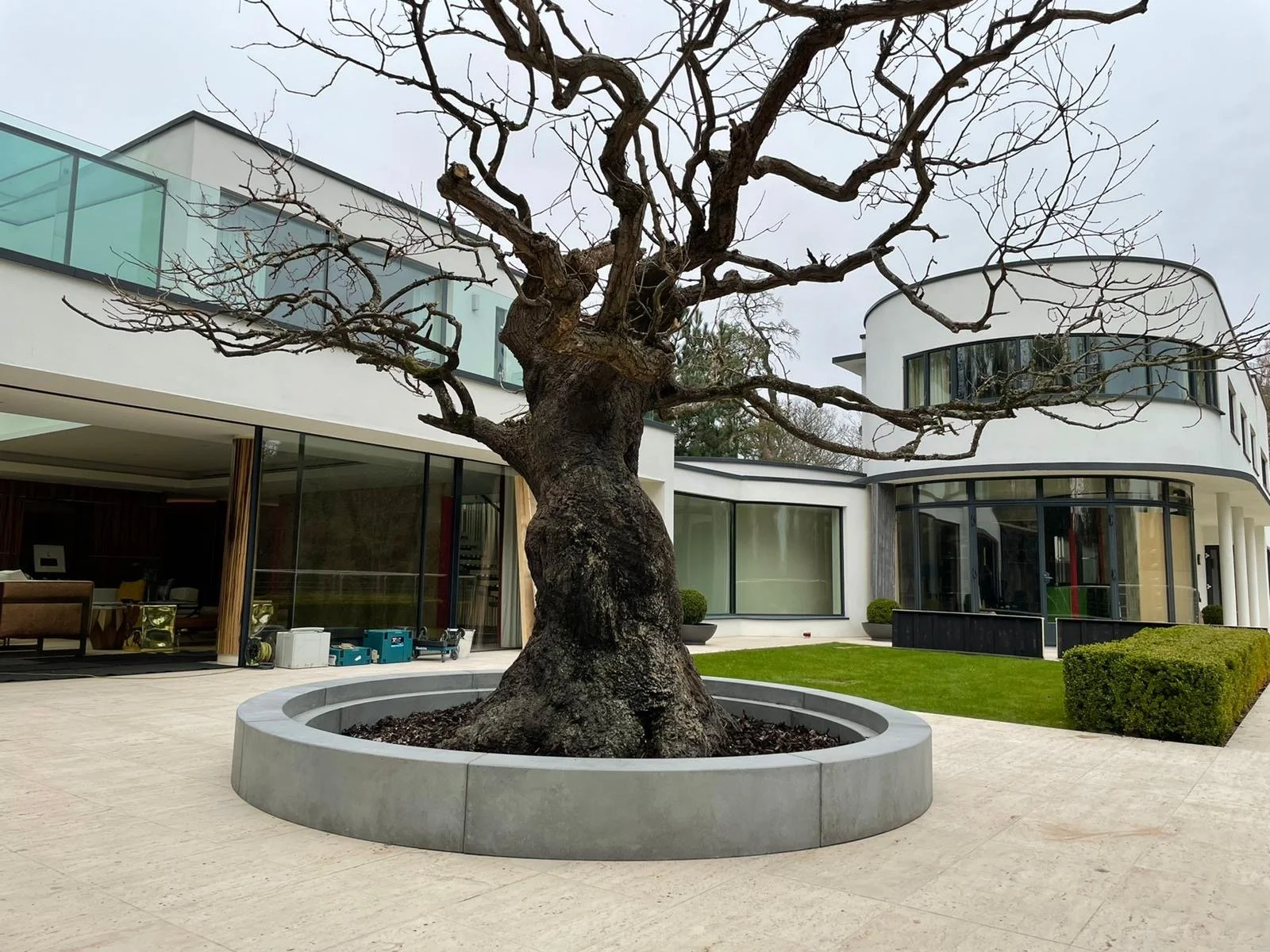


















































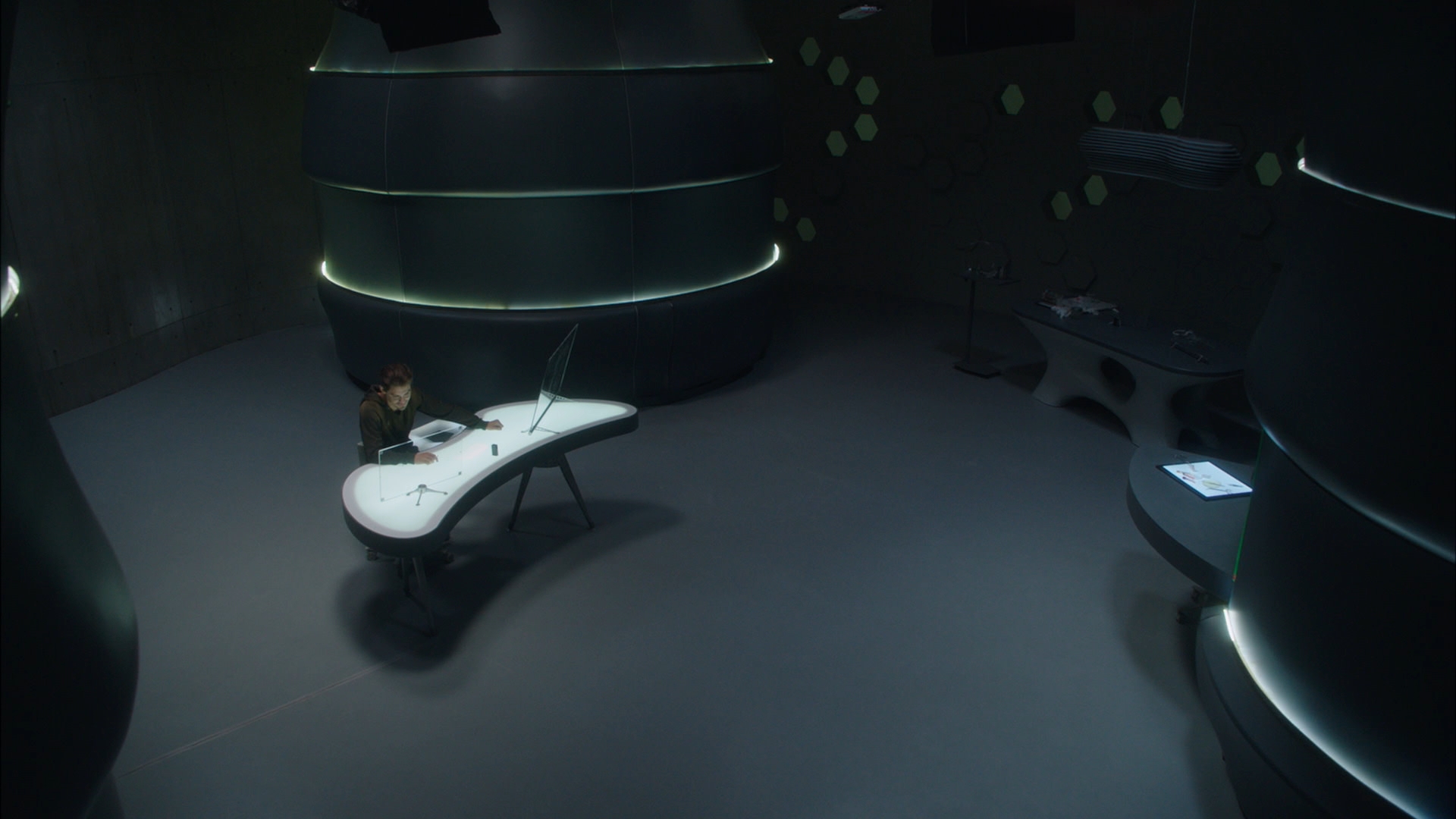





















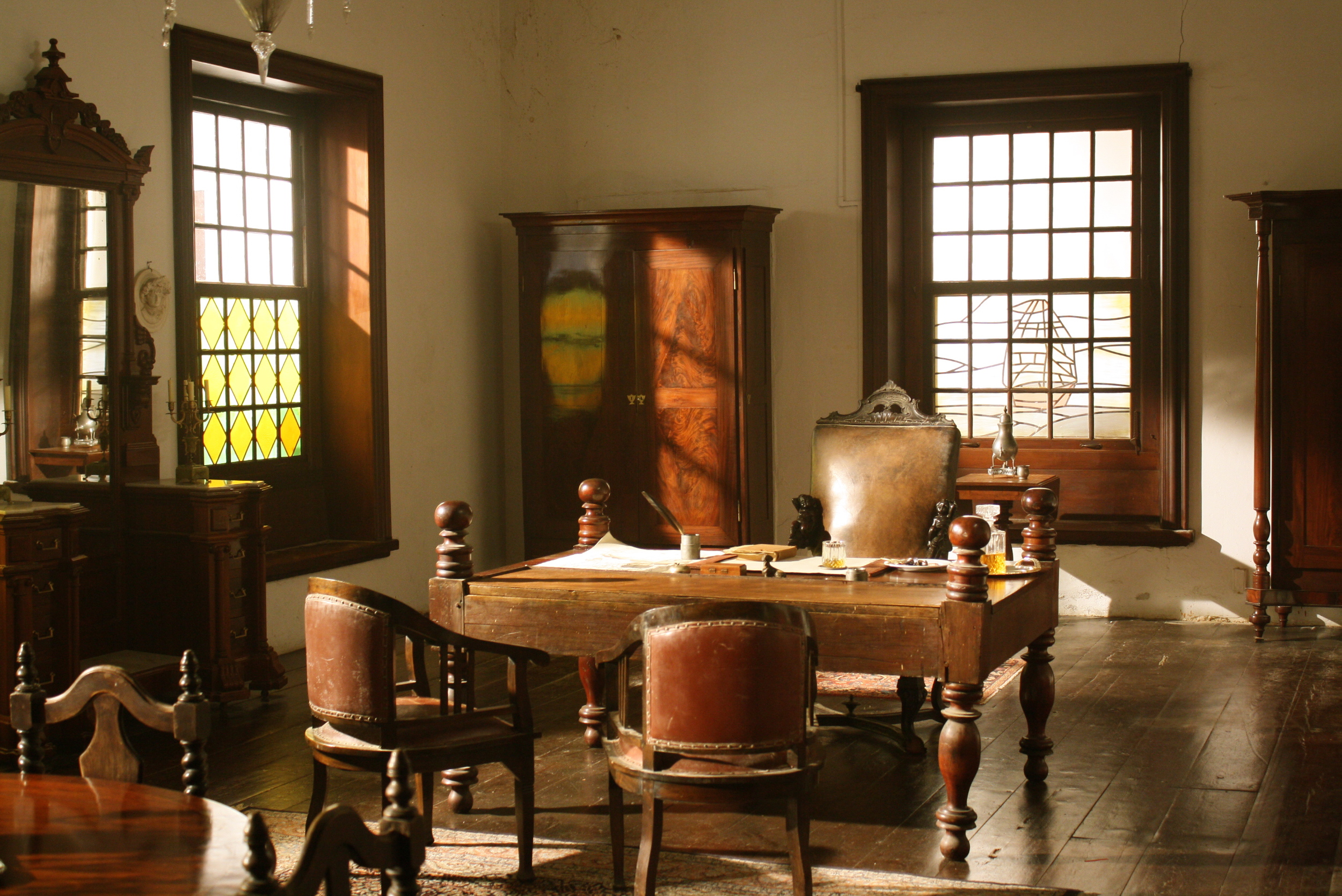




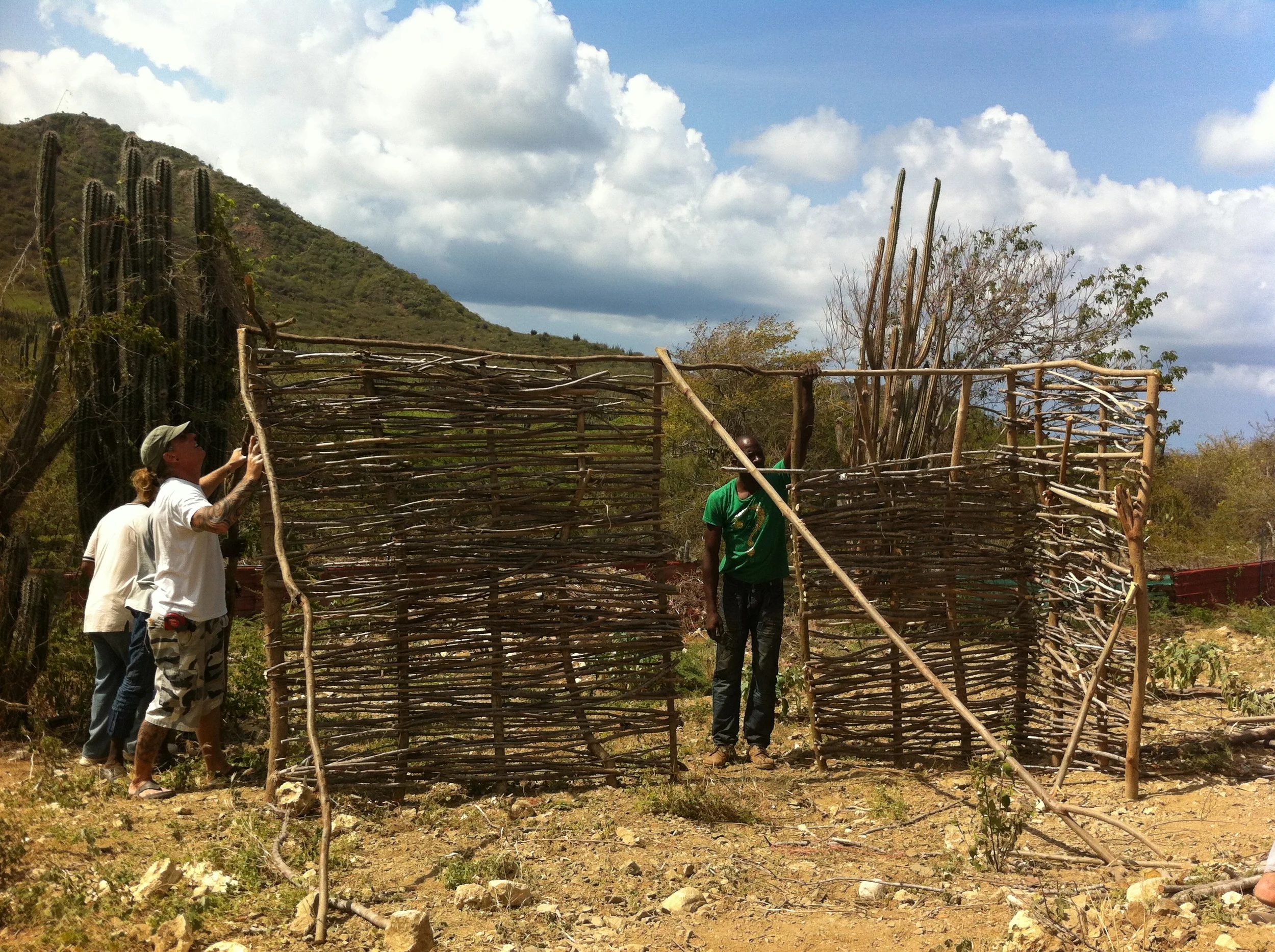
![image[11].jpeg](https://images.squarespace-cdn.com/content/v1/540d611ce4b0a1896f057c2d/1410282496937-ZJWAHLK3ARJ4XMBJVIWS/image%5B11%5D.jpeg)
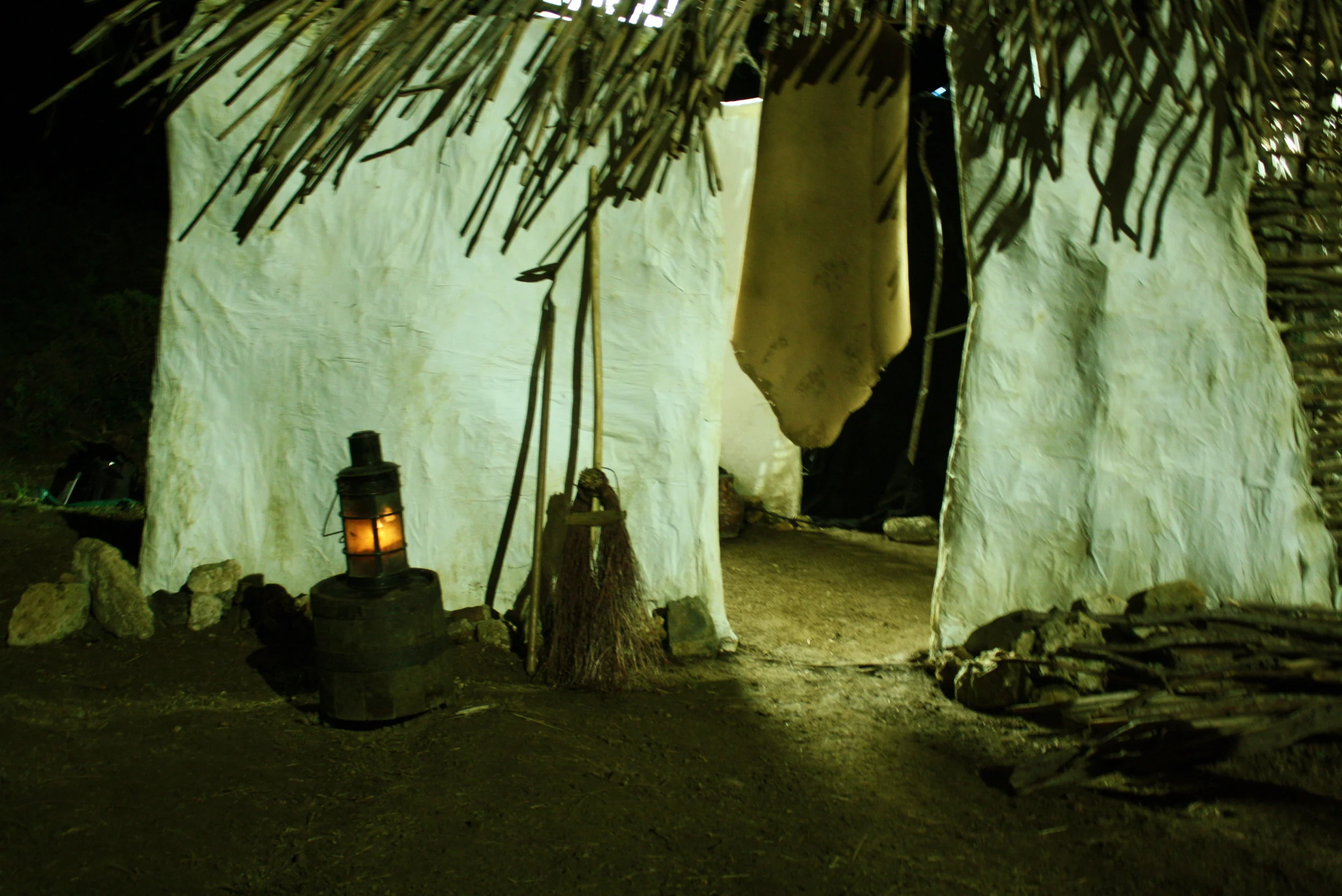




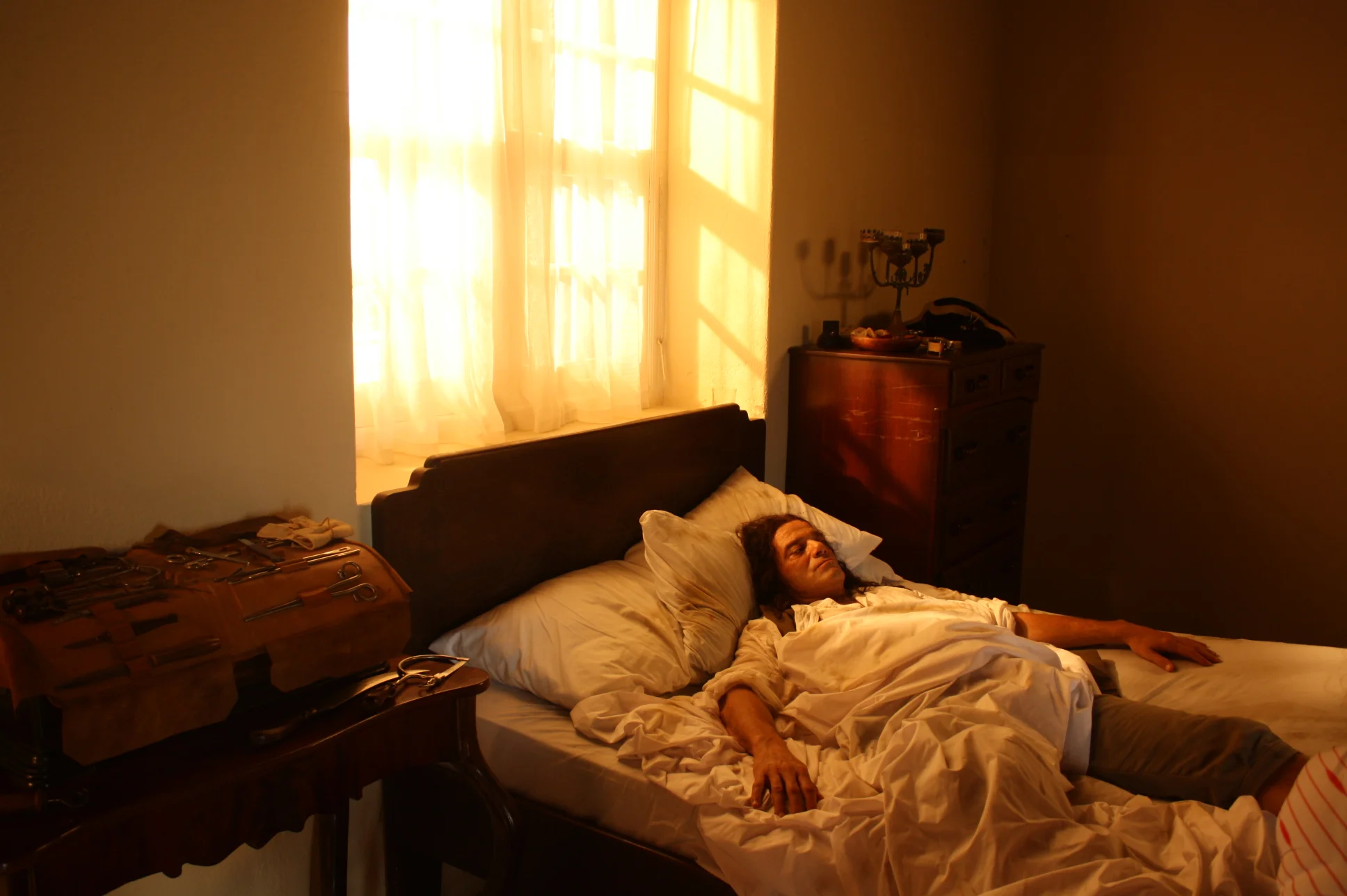











![photo 3[1].JPG](https://images.squarespace-cdn.com/content/v1/540d611ce4b0a1896f057c2d/1410282528671-1TWHSEVJS503FXI7R6BC/photo+3%5B1%5D.JPG)

![photo 5[1].JPG](https://images.squarespace-cdn.com/content/v1/540d611ce4b0a1896f057c2d/1410282531750-UOE8ZNHB5WZ4ZG2YZCDM/photo+5%5B1%5D.JPG)










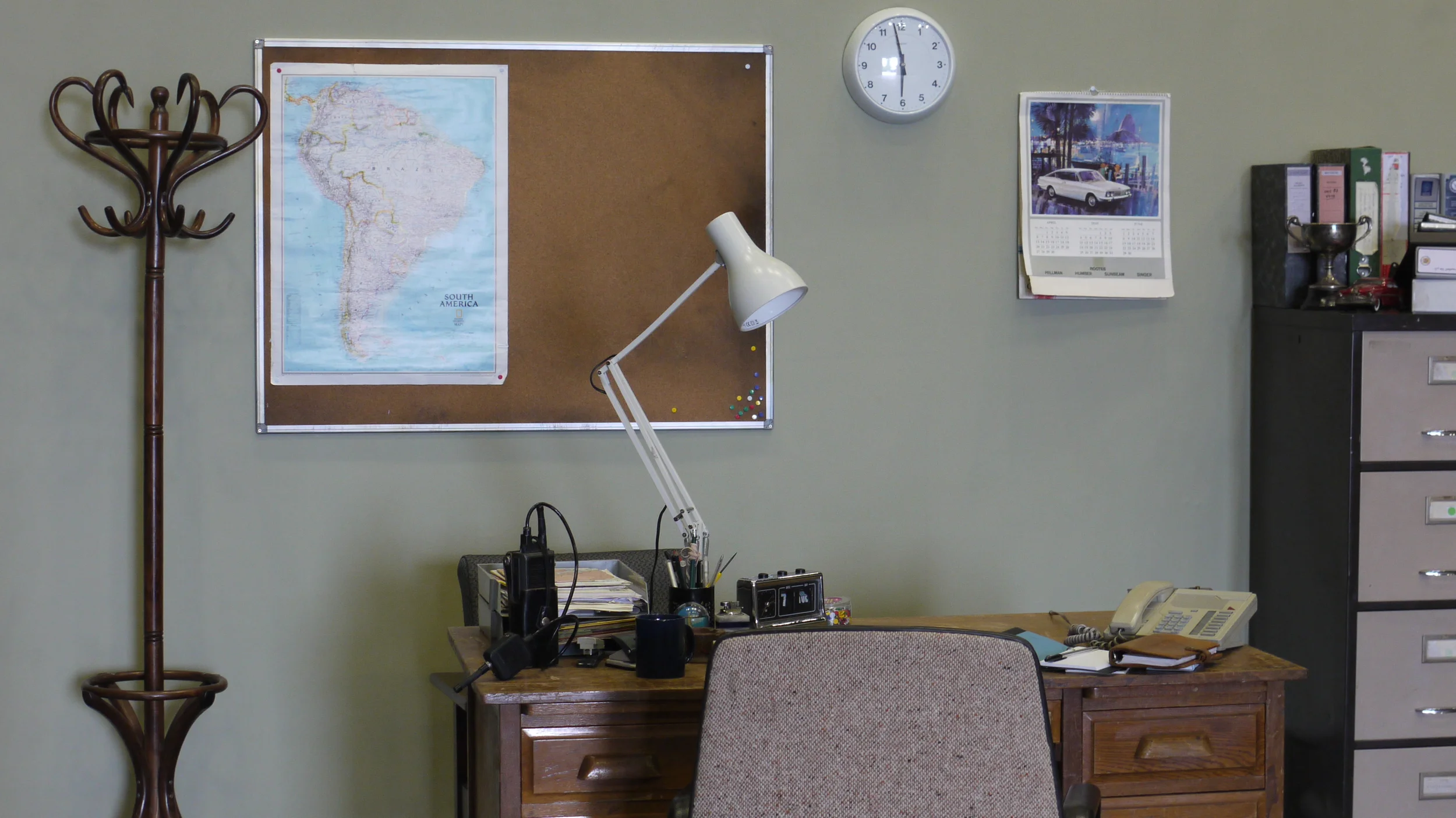






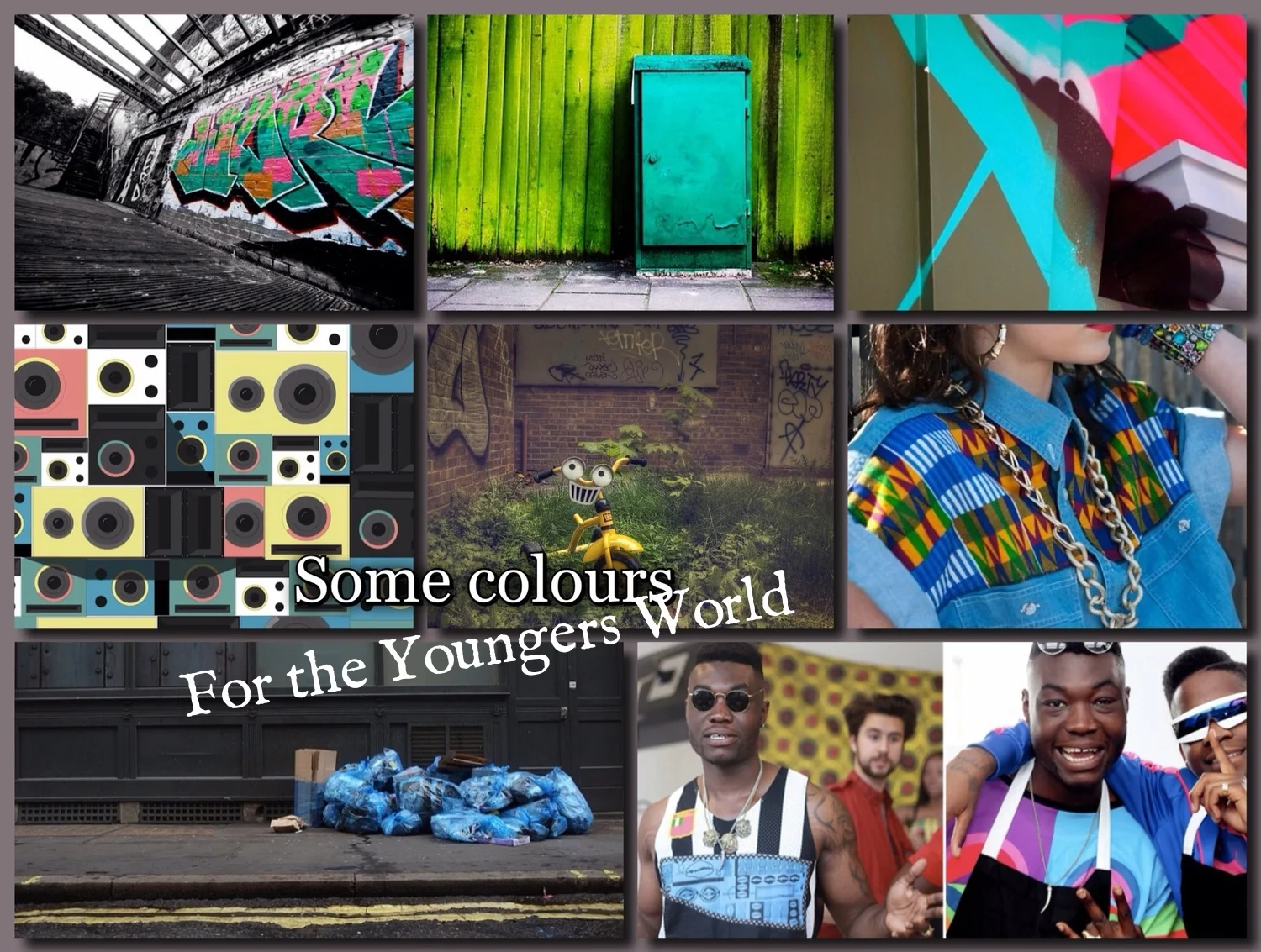
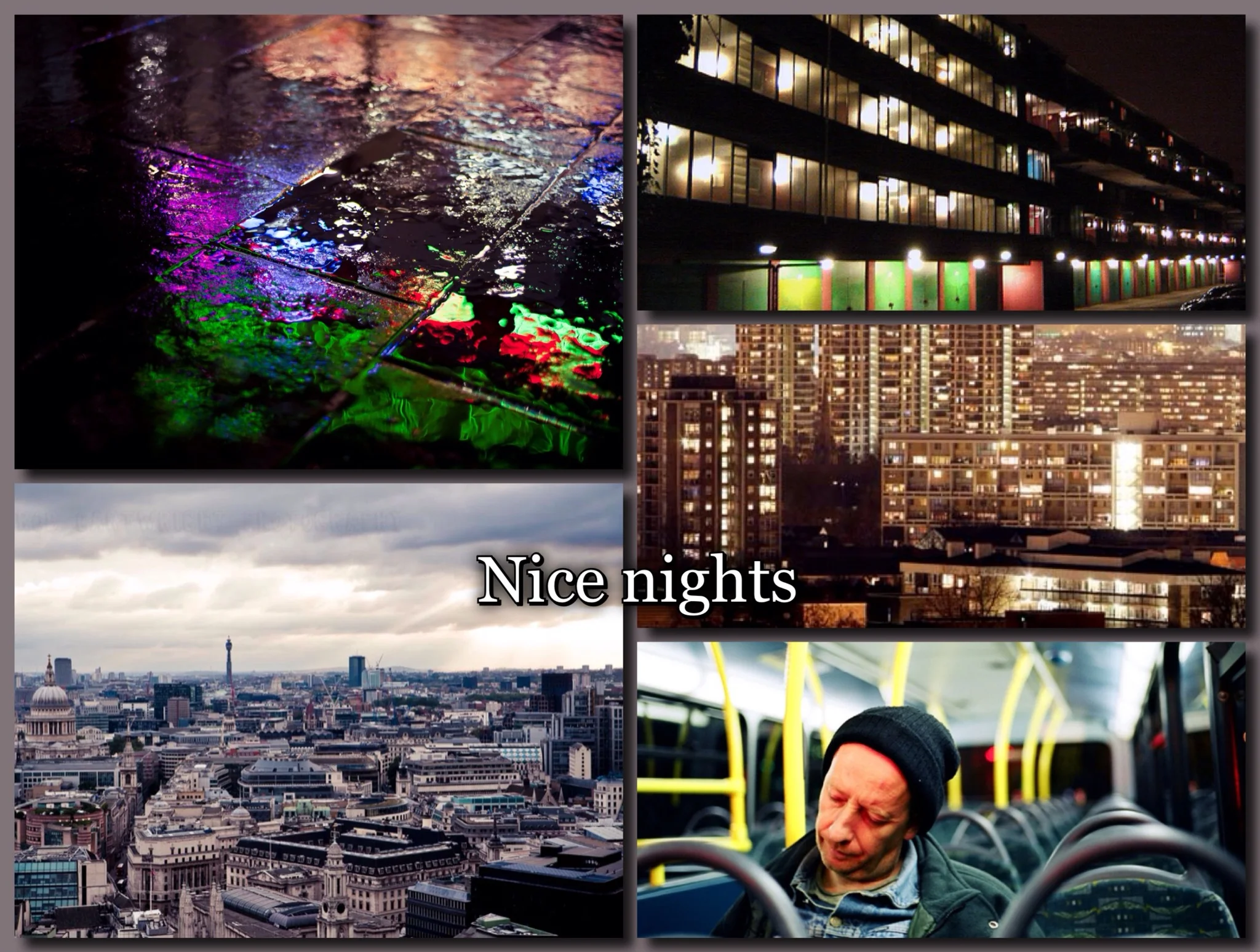









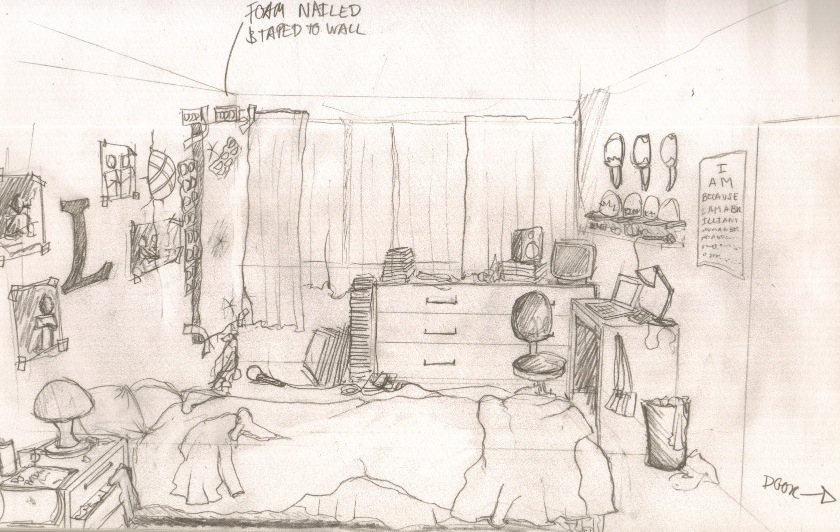



![photo[3].JPG](https://images.squarespace-cdn.com/content/v1/540d611ce4b0a1896f057c2d/1410283400678-AYULICXEBLLAFBIP4E9D/photo%5B3%5D.JPG)




![photo[4].JPG](https://images.squarespace-cdn.com/content/v1/540d611ce4b0a1896f057c2d/1410283402705-LYC0IO3O1I0D993IQV4L/photo%5B4%5D.JPG)


![photo[1].JPG](https://images.squarespace-cdn.com/content/v1/540d611ce4b0a1896f057c2d/1410283404050-ZC25CZY4M74WB6KJ5SUN/photo%5B1%5D.JPG)








































![photo 1[1].JPG](https://images.squarespace-cdn.com/content/v1/540d611ce4b0a1896f057c2d/1410860843496-4RA6PVSCWOUK6MK0WQNI/photo+1%5B1%5D.JPG)





